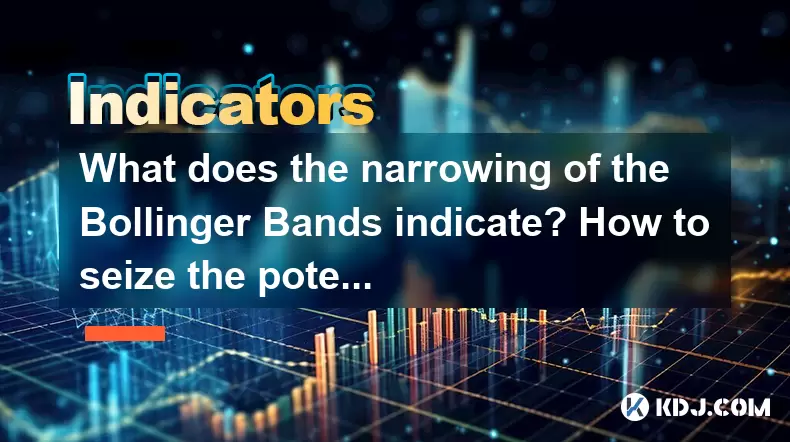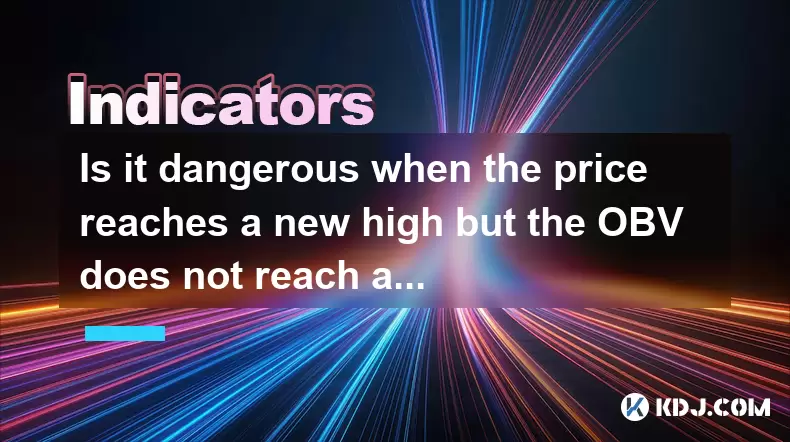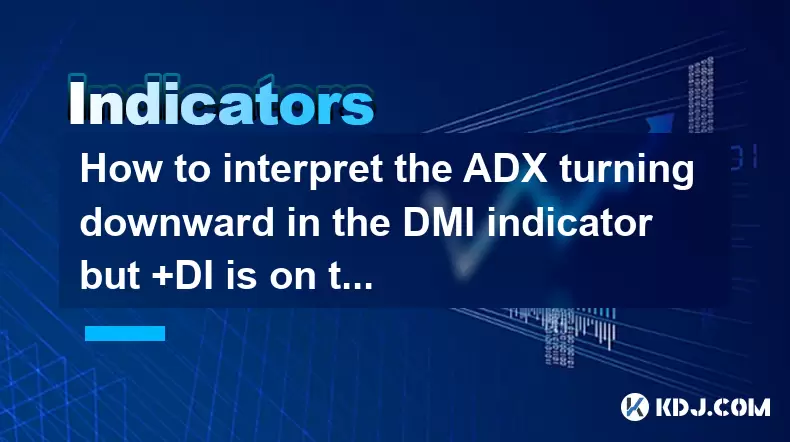-
 Bitcoin
Bitcoin $106,754.6083
1.33% -
 Ethereum
Ethereum $2,625.8249
3.80% -
 Tether USDt
Tether USDt $1.0001
-0.03% -
 XRP
XRP $2.1891
1.67% -
 BNB
BNB $654.5220
0.66% -
 Solana
Solana $156.9428
7.28% -
 USDC
USDC $0.9998
0.00% -
 Dogecoin
Dogecoin $0.1780
1.14% -
 TRON
TRON $0.2706
-0.16% -
 Cardano
Cardano $0.6470
2.77% -
 Hyperliquid
Hyperliquid $44.6467
10.24% -
 Sui
Sui $3.1128
3.86% -
 Bitcoin Cash
Bitcoin Cash $455.7646
3.00% -
 Chainlink
Chainlink $13.6858
4.08% -
 UNUS SED LEO
UNUS SED LEO $9.2682
0.21% -
 Avalanche
Avalanche $19.7433
3.79% -
 Stellar
Stellar $0.2616
1.64% -
 Toncoin
Toncoin $3.0222
2.19% -
 Shiba Inu
Shiba Inu $0.0...01220
1.49% -
 Hedera
Hedera $0.1580
2.75% -
 Litecoin
Litecoin $87.4964
2.29% -
 Polkadot
Polkadot $3.8958
3.05% -
 Ethena USDe
Ethena USDe $1.0000
-0.04% -
 Monero
Monero $317.2263
0.26% -
 Bitget Token
Bitget Token $4.5985
1.68% -
 Dai
Dai $0.9999
0.00% -
 Pepe
Pepe $0.0...01140
2.44% -
 Uniswap
Uniswap $7.6065
5.29% -
 Pi
Pi $0.6042
-2.00% -
 Aave
Aave $289.6343
6.02%
What does the narrowing of the Bollinger Bands indicate? How to seize the potential opportunities before the breakthrough?
A Bollinger Band squeeze signals low volatility and an imminent price breakout in crypto markets, offering traders early entry opportunities when combined with confirming indicators.
Jun 15, 2025 at 11:28 pm

Understanding the Bollinger Bands and Their Significance
Bollinger Bands are a widely used technical analysis tool in cryptocurrency trading. Developed by John Bollinger, this indicator consists of three lines: a simple moving average (SMA) in the middle, typically set at 20 periods, and two outer bands that represent standard deviations above and below the SMA. These bands dynamically adjust to price volatility, expanding during high volatility and contracting when volatility decreases.
In the context of crypto markets, where price swings are frequent and often extreme, Bollinger Bands serve as crucial tools for identifying potential breakouts or reversals. The narrowing of the bands — commonly referred to as "the squeeze" — is particularly important for traders seeking early entry points before a significant price movement.
What Does the Squeezing of Bollinger Bands Indicate?
When the distance between the upper and lower Bollinger Bands decreases, it indicates that the market is experiencing low volatility. This phenomenon is known as the Bollinger Band squeeze. In cryptocurrency trading, where high volatility is the norm, a squeeze often signals that a major price move is imminent, although the direction isn't immediately clear.
The key takeaway here is that a narrowing of the bands doesn’t predict direction, only the likelihood of an upcoming breakout. Traders should be cautious not to assume whether the price will go up or down based solely on the squeeze. Instead, they should prepare for increased volatility and use other confirming indicators or strategies to determine trade setups.
How to Identify a Bollinger Band Squeeze in Cryptocurrency Charts
To spot a Bollinger Band squeeze, traders can follow these steps:
- Apply the Bollinger Bands indicator on their preferred charting platform (e.g., TradingView or Binance's native tools).
- Set the default parameters if necessary: 20-period SMA and 2 standard deviations.
- Observe the bandwidth — the space between the upper and lower bands. A visible contraction indicates a squeeze.
- Some platforms offer a built-in "Bollinger Bandwidth" indicator, which visually represents the squeeze by showing the percentage difference between the bands.
Traders should look for periods where the bands are the tightest in recent history, especially after extended sideways or low-movement phases. This often precedes explosive moves in either direction, making it a critical point for positioning.
Strategies to Seize Opportunities Before a Breakout
Once a squeeze is identified, traders may consider several approaches to capitalize on the expected volatility:
- Place pending orders above the upper band and below the lower band: This allows automatic entry once the price breaks out in either direction. It’s crucial to ensure that the breakout is confirmed with volume or candlestick patterns.
- Use options or futures contracts: In more advanced crypto trading environments, derivatives can help capture large movements without holding the asset outright.
- Combine with RSI or MACD: Confirming the squeeze with momentum indicators like Relative Strength Index (RSI) or Moving Average Convergence Divergence (MACD) can enhance accuracy. For example, a squeeze accompanied by an oversold RSI might hint at a bullish reversal.
- Monitor volume spikes: A sudden increase in volume during a squeeze can act as a signal that institutional or whale activity is building momentum in one direction.
These strategies should be tested in demo accounts or applied cautiously in live markets, especially given the unpredictable nature of crypto assets.
Risk Management During a Bollinger Band Squeeze
Trading during a Bollinger Band squeeze comes with inherent risks, particularly because the direction of the breakout is uncertain. Proper risk management techniques include:
- Setting tight stop-loss orders: Given the potential for false breakouts, placing stop-loss levels just beyond the breakout point helps mitigate losses.
- Position sizing appropriately: Allocating only a small portion of capital to any single squeeze-based trade ensures that losses remain manageable.
- Avoiding over-leveraging: Especially in futures trading, excessive leverage can lead to liquidation even if the eventual direction is correct.
It's also wise to monitor news events or macroeconomic factors that could influence crypto prices during the squeeze period. Unexpected announcements can cause erratic price action that disrupts technical setups.
Using Multiple Timeframe Analysis for Confirmation
One effective method to increase the reliability of a Bollinger Band squeeze is to analyze multiple timeframes. For instance:
- If a squeeze appears on the 1-hour chart, check the 4-hour or daily charts to see if a similar compression exists.
- Aligning squeezes across timeframes increases the probability of a strong breakout.
- Higher timeframe confirmation can also provide clearer directional bias, especially when combined with trendlines or Fibonacci retracement levels.
This multi-timeframe approach is particularly useful in crypto pairs like BTC/USDT or ETH/USDT, where larger market participants operate and influence long-term trends.
Frequently Asked Questions
Q: Can Bollinger Bands be used alone to make trading decisions?
A: While Bollinger Bands are powerful, relying solely on them can lead to misleading signals. Combining them with volume, RSI, or support/resistance levels enhances decision-making accuracy.
Q: How often do Bollinger Band squeezes occur in cryptocurrency markets?
A: Due to the high volatility of cryptocurrencies, squeezes tend to appear frequently, especially after major price corrections or consolidation phases.
Q: What timeframes are best suited for detecting a Bollinger Band squeeze?
A: Shorter timeframes like 15-minute or 1-hour charts are ideal for spotting early squeezes, while longer timeframes like 4-hour or daily charts help confirm the strength of the upcoming breakout.
Q: Is there a specific indicator that measures the Bollinger Band squeeze directly?
A: Yes, the Bandwidth indicator and %B (percent bandwidth) are specifically designed to measure the squeeze and show how "stretched" or "compressed" the bands are relative to historical values.
Disclaimer:info@kdj.com
The information provided is not trading advice. kdj.com does not assume any responsibility for any investments made based on the information provided in this article. Cryptocurrencies are highly volatile and it is highly recommended that you invest with caution after thorough research!
If you believe that the content used on this website infringes your copyright, please contact us immediately (info@kdj.com) and we will delete it promptly.
- 2025-W Uncirculated American Gold Eagle and Dr. Vera Rubin Quarter Mark New Products
- 2025-06-13 06:25:13
- Ruvi AI (RVU) Leverages Blockchain and Artificial Intelligence to Disrupt Marketing, Entertainment, and Finance
- 2025-06-13 07:05:12
- H100 Group AB Raises 101 Million SEK (Approximately $10.6 Million) to Bolster Bitcoin Reserves
- 2025-06-13 06:25:13
- Galaxy Digital CEO Mike Novogratz Says Bitcoin Will Replace Gold and Go to $1,000,000
- 2025-06-13 06:45:13
- Trust Wallet Token (TWT) Price Drops 5.7% as RWA Integration Plans Ignite Excitement
- 2025-06-13 06:45:13
- Ethereum (ETH) Is in the Second Phase of a Three-Stage Market Cycle
- 2025-06-13 07:25:13
Related knowledge

How to interpret the low opening the next day after the long lower shadow hits the bottom?
Jun 18,2025 at 12:22am
Understanding the Long Lower Shadow Candlestick PatternIn technical analysis, a long lower shadow candlestick is often seen as a potential reversal signal in a downtrend. This pattern occurs when the price opens, trades significantly lower during the session, but then recovers to close near the opening price or slightly above. The long wick at the botto...

How to operate the RSI indicator repeatedly in the 40-60 range?
Jun 18,2025 at 12:56am
Understanding the RSI Indicator and Its RelevanceThe Relative Strength Index (RSI) is a momentum oscillator widely used in cryptocurrency trading to measure the speed and change of price movements. Typically, the RSI ranges from 0 to 100, with levels above 70 considered overbought and below 30 considered oversold. However, when the RSI repeatedly stays ...

Why is the volume ratio suddenly enlarged three times but the price fluctuation is small?
Jun 18,2025 at 04:42am
Understanding the Relationship Between Trading Volume and Price MovementIn the world of cryptocurrency trading, volume is a crucial metric that reflects the number of assets traded within a specific time frame. It often serves as an indicator of market interest and liquidity. However, there are instances where trading volume surges dramatically—sometime...

How strong is the MACD golden cross below the zero axis?
Jun 17,2025 at 11:00pm
Understanding the MACD Indicator in Cryptocurrency TradingThe Moving Average Convergence Divergence (MACD) is one of the most widely used technical indicators among cryptocurrency traders. It helps identify potential trend reversals, momentum shifts, and entry or exit points. The MACD consists of three main components: the MACD line, the signal line, an...

Is it dangerous when the price reaches a new high but the OBV does not reach a new high?
Jun 18,2025 at 06:14am
Understanding On-Balance Volume (OBV) in Cryptocurrency TradingIn the world of cryptocurrency trading, technical indicators play a crucial role in analyzing market behavior and predicting future price movements. One such widely used indicator is the On-Balance Volume (OBV), which helps traders assess the strength of buying or selling pressure behind pri...

How to interpret the ADX turning downward in the DMI indicator but +DI is on the top?
Jun 18,2025 at 08:01am
Understanding the Role of Decentralized Finance in Modern Cryptocurrency EcosystemsDecentralized Finance, commonly known as DeFi, has emerged as a cornerstone of the modern cryptocurrency ecosystem. Unlike traditional financial systems that rely on centralized intermediaries like banks and brokers, DeFi platforms operate on blockchain networks to offer ...

How to interpret the low opening the next day after the long lower shadow hits the bottom?
Jun 18,2025 at 12:22am
Understanding the Long Lower Shadow Candlestick PatternIn technical analysis, a long lower shadow candlestick is often seen as a potential reversal signal in a downtrend. This pattern occurs when the price opens, trades significantly lower during the session, but then recovers to close near the opening price or slightly above. The long wick at the botto...

How to operate the RSI indicator repeatedly in the 40-60 range?
Jun 18,2025 at 12:56am
Understanding the RSI Indicator and Its RelevanceThe Relative Strength Index (RSI) is a momentum oscillator widely used in cryptocurrency trading to measure the speed and change of price movements. Typically, the RSI ranges from 0 to 100, with levels above 70 considered overbought and below 30 considered oversold. However, when the RSI repeatedly stays ...

Why is the volume ratio suddenly enlarged three times but the price fluctuation is small?
Jun 18,2025 at 04:42am
Understanding the Relationship Between Trading Volume and Price MovementIn the world of cryptocurrency trading, volume is a crucial metric that reflects the number of assets traded within a specific time frame. It often serves as an indicator of market interest and liquidity. However, there are instances where trading volume surges dramatically—sometime...

How strong is the MACD golden cross below the zero axis?
Jun 17,2025 at 11:00pm
Understanding the MACD Indicator in Cryptocurrency TradingThe Moving Average Convergence Divergence (MACD) is one of the most widely used technical indicators among cryptocurrency traders. It helps identify potential trend reversals, momentum shifts, and entry or exit points. The MACD consists of three main components: the MACD line, the signal line, an...

Is it dangerous when the price reaches a new high but the OBV does not reach a new high?
Jun 18,2025 at 06:14am
Understanding On-Balance Volume (OBV) in Cryptocurrency TradingIn the world of cryptocurrency trading, technical indicators play a crucial role in analyzing market behavior and predicting future price movements. One such widely used indicator is the On-Balance Volume (OBV), which helps traders assess the strength of buying or selling pressure behind pri...

How to interpret the ADX turning downward in the DMI indicator but +DI is on the top?
Jun 18,2025 at 08:01am
Understanding the Role of Decentralized Finance in Modern Cryptocurrency EcosystemsDecentralized Finance, commonly known as DeFi, has emerged as a cornerstone of the modern cryptocurrency ecosystem. Unlike traditional financial systems that rely on centralized intermediaries like banks and brokers, DeFi platforms operate on blockchain networks to offer ...
See all articles

























































































